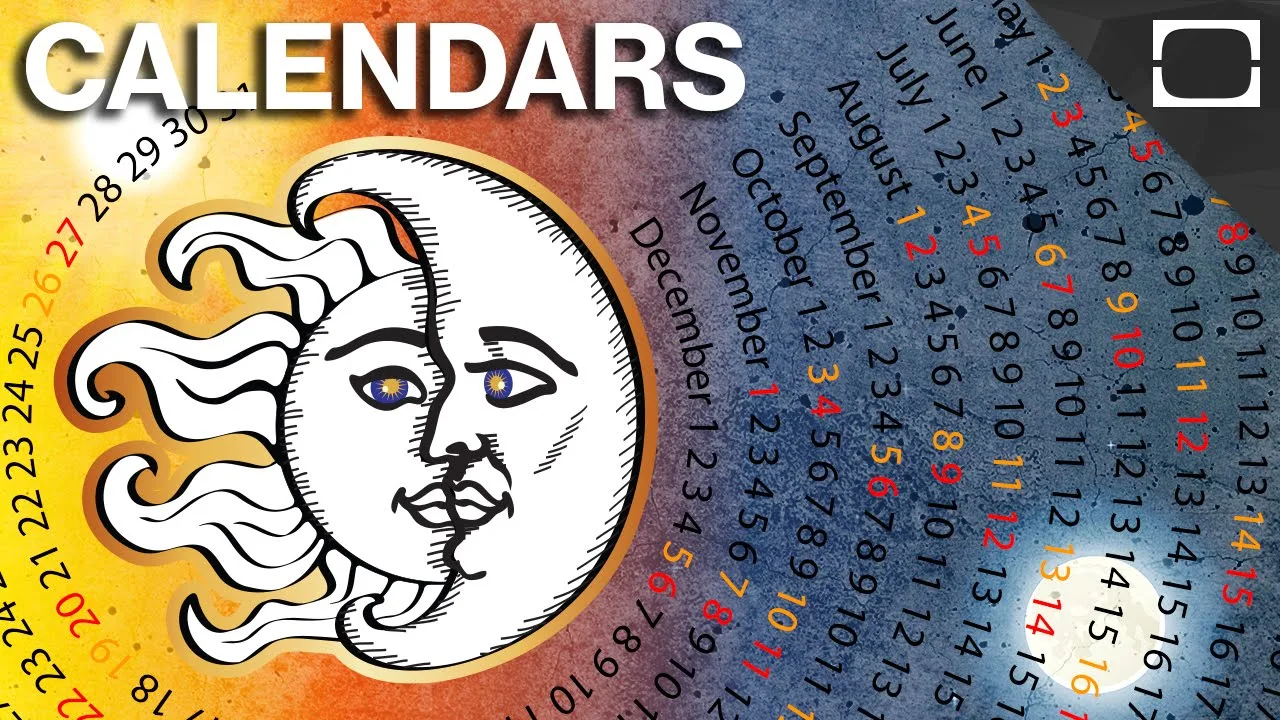According to Britannica Encyclopedia, a Calendar means –
any system for dividing time over extended periods, such as days, months, or years, and arranging such divisions in a definite order. A calendar is convenient for regulating civil life and religious observances and for historical and scientific purposes. The word is derived from the Latin calendarium, meaning “interest register” or “account book,” itself a derivation from calendae (or kalendae).
A calendar is either based on a table with horizontal linear time-scale with indicators along the vertical axis or in a circular representation (like the way we see 24 hour clock). Filling the calendar with indicators of activities, crop, season and labour activities was part of ancient accountability and planning. This leads us to understanding the seasonal calendars. These calendars are very insightful to understand local level processes that help stimulate discussions on patterns of activities and various other indicators. Crop planning in modern times is also dependent on this method.
Many systems for doing calendars have been adopted throughout history. About 40 remain in use today. We have proof that Palaeolithic people thought about and recorded the astronomical cycles that give us our modern calendars. For example, a 30,000 year-old animal bone with gouged symbols resembling the phases of the Moon was discovered in France.
Growing, gathering and hunting food was a matter of survival for ancient civilisations. Their understanding of how the length of the day, the temperature and the rainfall changed with the seasons was crucial. Ancient humans would have had good reasons for estimating the passage of time. The night brought risk and danger. Our ancestors were able to predict when sunset would occur by following the height of the Sun in the sky and the length of shadows. During bad or overcast weather, they also would have relied on the in-built biological clocks that provide an intuitive ‘sense’ of time.
Given that nothing can be exact or accurate in nature, calendars aren’t 100% accurate. However, they are definitely essential for everyday living.
There are three major types of calendar that have been used throughout history – solar, lunar and luni-solar. Sidereal (star) calendars have also been used, notably by the ancient Egyptians. Often more than one type of calendar is in use by a given society at the same time.
Solar calendars are designed to keep in step with the tropical year so that the seasons occur at the same time each year over thousands of years. To construct a solar calendar the length of the tropical year must be known fairly accurately. This was first achieved by the Egyptians who, sometime just before 2050 BCE measured it as 365.25 days. A quarter of a day causes problems. A solution was put in place through the calendrical reform undertaken by Pope Gregory XIII (1502–85) that led to the Gregorian calendar, the major solar calendar in use today.
Lunar calendars are based on the idea that 12 synodic months of 29.5 day makes a year of 354 days. In the past, the first sighting of the young waxing crescent Moon just after sunset marked the start of each month. Today, tables predicting the first appearance of the crescent Moon are often used instead. Lunar calendars were developed by the ancient Hebrews, Romans, Celts and Germans. The Islamic calendar is the major lunar calendar in use today.
The fact that lunar calendars do not keep pace with the passage of the seasons has been regarded as a disadvantage. To overcome this many societies have adopted a hybrid luni-solar calendar. These are lunar calendars which use various devices to bridge the missing 11.25 days so that the calendar year ends up close in length to the tropical year; the year of the seasons.
Probably all societies have devised constellations, patterns that help people make sense of the starry sky, often reflecting their mythologies. Modern-day astronomy recognises 88 official constellations that together tile the entire celestial sphere. Many of those in the northern part of the sky are inherited from Babylonian, Greek and Arabic civilisations. As the Earth orbits the Sun, different constellations of stars come to dominate the night sky at different times of the year. This must have been noted by ancient people and indeed the ancient Egyptians, Greeks and Babylonians constructed sidereal calendars based on the movement of the stars.
Hindu Calendar of Vikram Samvat is an Indian calendar system which was widely used before the Britishers introduced the Gregorian calendar system. A number of ancient and mediaeval inscriptions used the Vikram Samvat. Although it was reportedly named after the legendary king Vikramaditya, the term “Vikrama Samvat” does not appear in the historical record before the 9th century; the same calendar system is found with other names, such as Krita and Malava. In colonial scholarship, the era was believed to be based on the commemoration of King Vikramaditya expelling the Sakas from Ujjain. However, later epigraphical evidence and scholarship suggest that this theory has no historical basis. During the 9th century, epigraphical artwork began using Vikram Samvat (suggesting that the Hindu calendar era in use became popular as Vikram Samvat); Buddhist and Jain epigraphy continued to use an era based on the Buddha or the Mahavira.
The Vikram Samvat has been used by Hindus, Sikhs,and Pashtuns. One of several regional Hindu calendars in use on the Indian subcontinent, it is based on twelve synodic lunar months and 365 solar days. The lunar year begins with the new moon of the month of Chaitra.This day, known as Chaitra Sukhladi, is a restricted (optional) holiday in India. The calendar remains in use by people in Nepal serving as its national calendar and is also symbolically used by Hindus of north, west and central India. In south India and portions of east and west India (such as Assam, West Bengal and Gujarat), the Indian national calendar is widely used.
No matter what kind of calendar you use, we all are perfectly trying to align with time, seasons and natural astronomy. Best is to value time and utilise it productively!
References –
- Britannica Encyclopedia
- Wikipedia Encyclopedia
- Calendars from Around the World by Alan Longstaff




